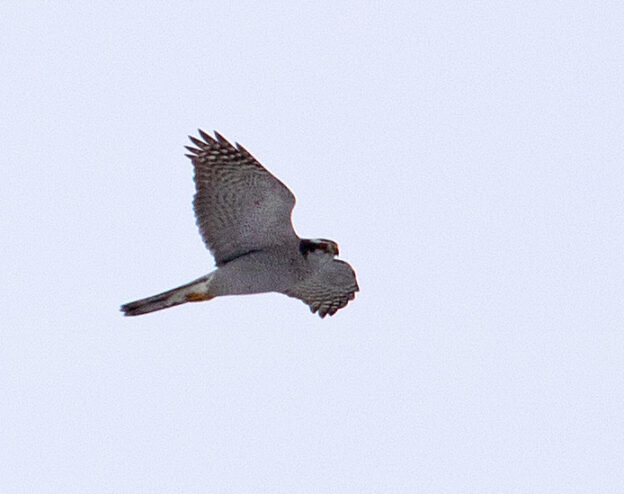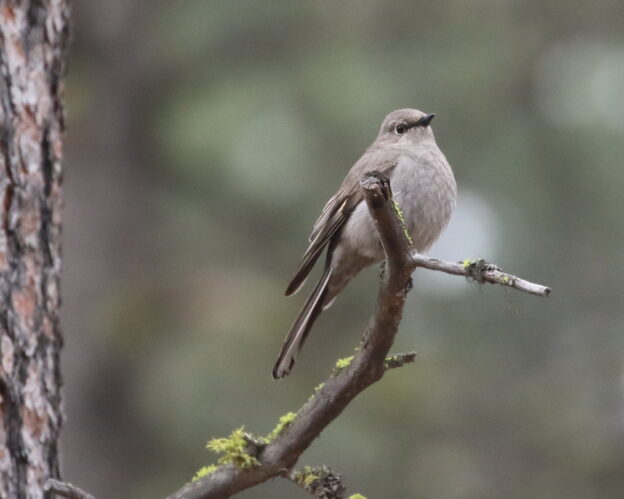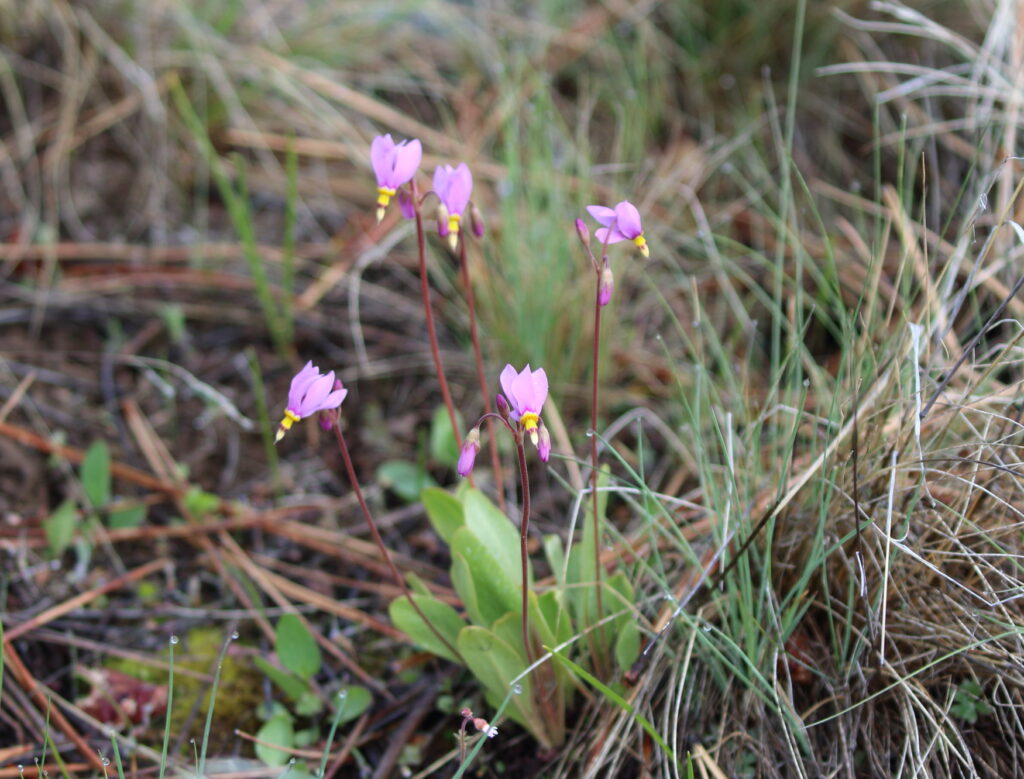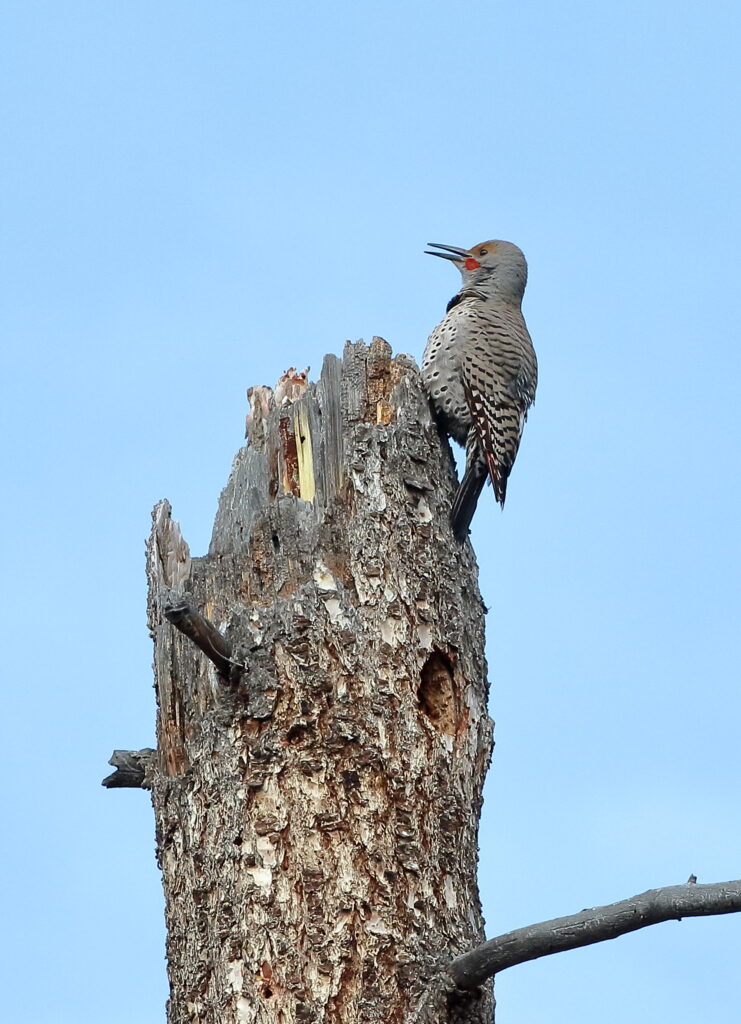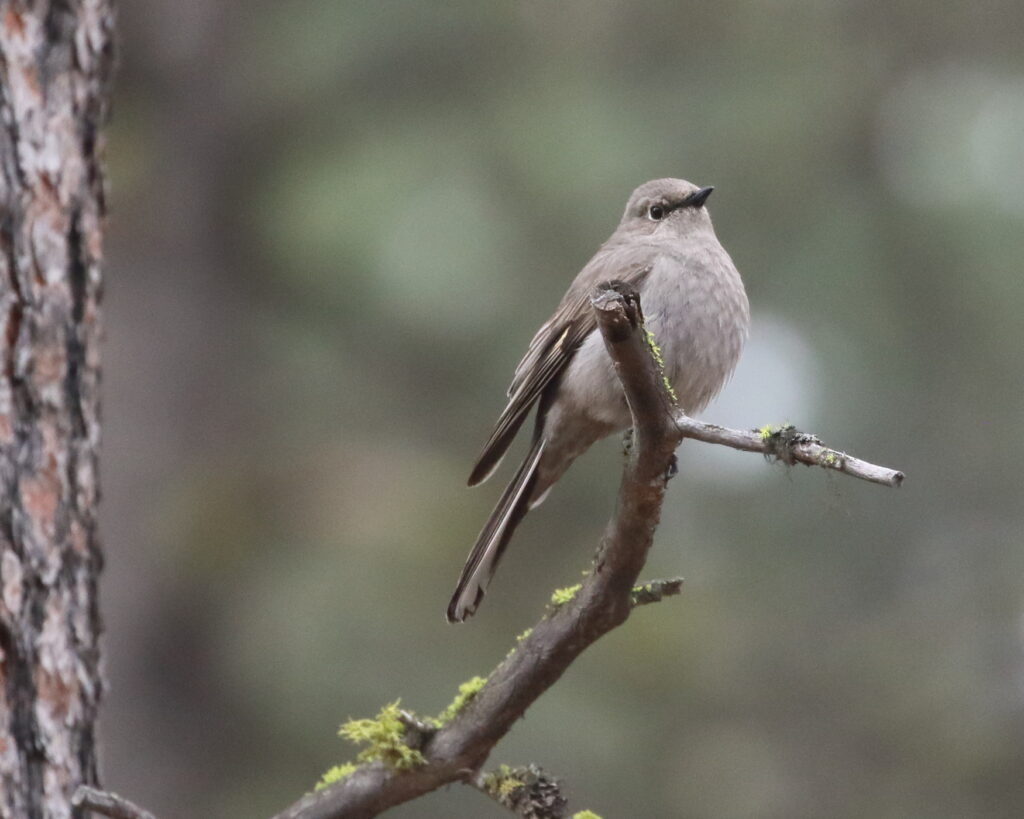In a recent Redpolling poll, voters overwhelmingly chose February as the worst month for birding (except for a few cheeky Floridians who lorded it over the rest of us). But is February really that bad? In Montana, after all, you can go find some wonderful winter residents such as Rough-legged Hawks, Northern Shrikes, and Snow Buntings. On the other hand, by February you’ve usually seen those already so where does that leave you?

For me personally, February is a time to get a lot of actual WORK done such as writing birding articles, banging out new children’s books, writing letters to the editor and my senators about bird conservation, and reading bird books. That doesn’t mean, however, that I’m not curious about which birds are around—while remaining optimistic that I’ll find some surprises if I go out. On a morning dog walk recently, for example, a Northern Goshawk flew right over me and Lola! This last Sunday morning, Lola and I again headed out wondering if we might see any other surprises.
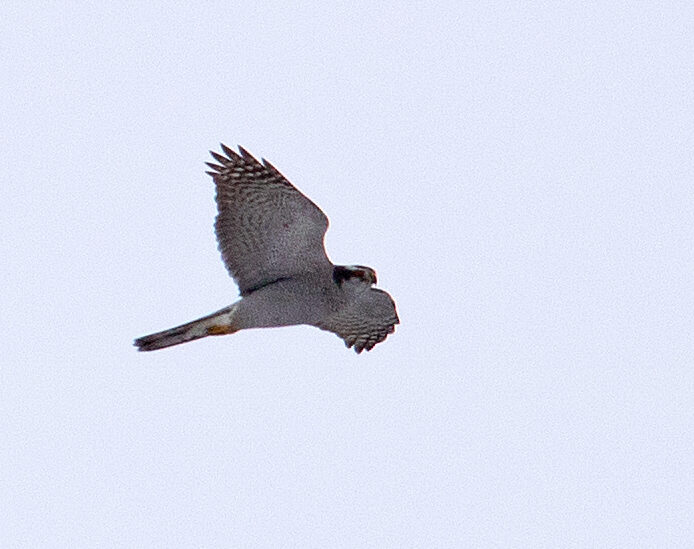
We decided to do a loop I only rarely traverse anymore, through a private neighborhood that COULD be great bird habitat but has instead been landscaped with acres of lawn and over-pruned trees. Still, even before we got to that neighborhood, I noticed that our resident birds have shifted into courtship mode. On Valentine’s Day I heard the first two-note song of a chickadee for the year and also the first throaty warble of an advertising Northern Flicker. This morning, I heard both of those—plus an amazing number of Song Sparrows also advertising. I haven’t kept track of “first spring calls” before, but I wondered if they are on a trend toward “springing out” earlier and earlier every year?
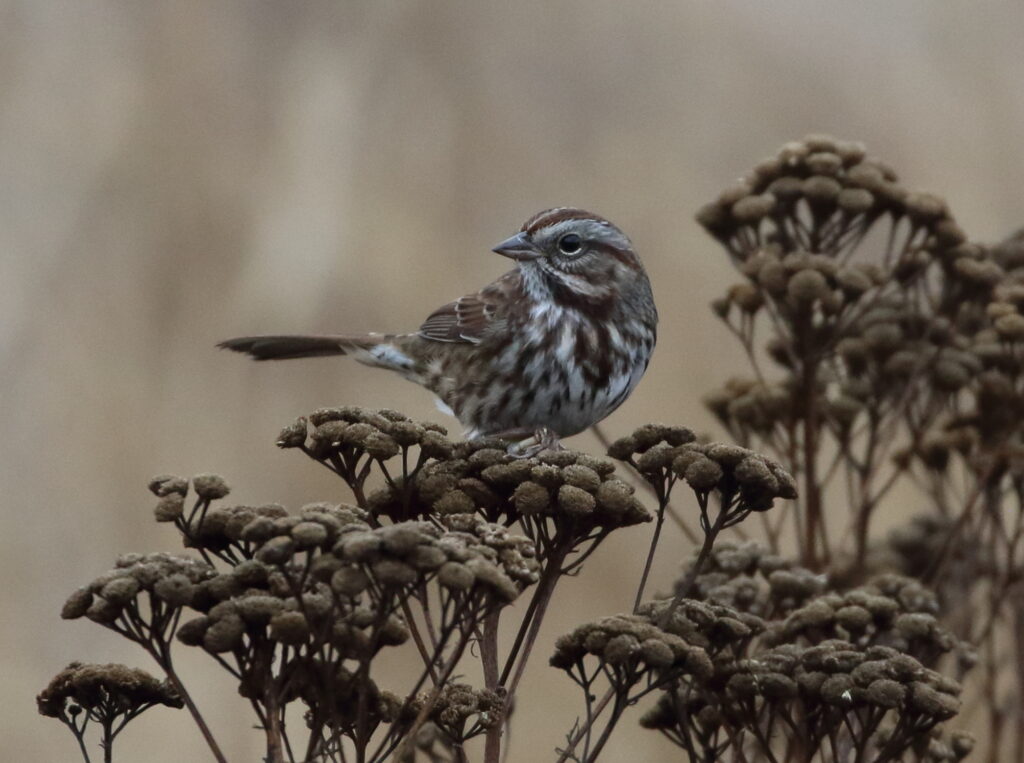
In the private neighborhood itself, we heard some distant wild turkeys, a Red Crossbill, and an unknown high-pitched cacophony. My hearing is so sucky anymore I couldn’t tell who was making this chattering, but whipped out Merlin’s Sound ID, which ID’ed them as Pine Siskins. But where were they? I walked forward a bit, turned around and there they were—more than forty of them in a tree! Okay, so it wasn’t a Northern Pygmy-Owl, but I was still happy. Lola and I had headed out expecting maybe 6 or 8 species and ended up with sixteen! Just goes to show you that, even in the February Blahs, birds are around and ready to teach us new things.


